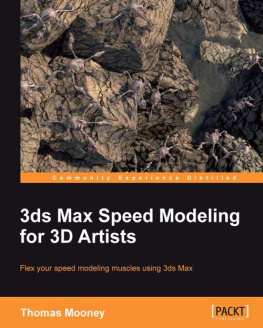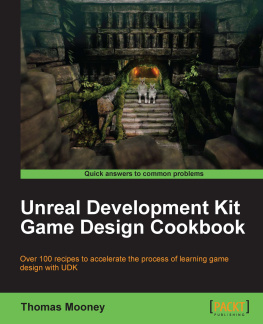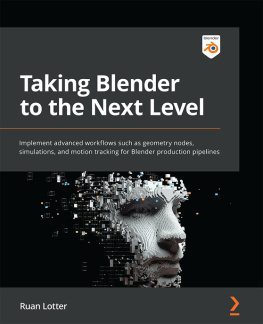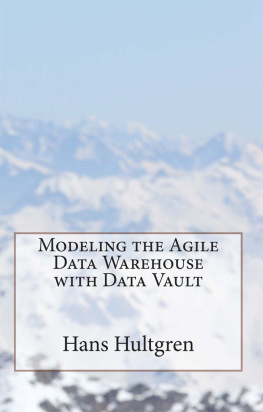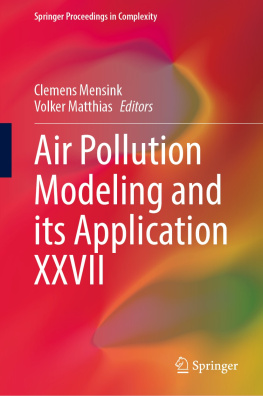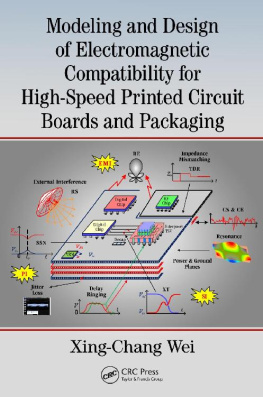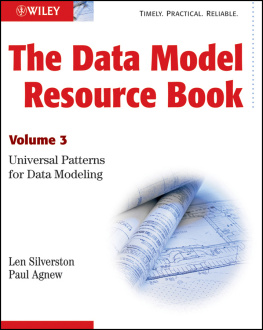About the Author
Thomas Mooney grew up in New Zealand. He now lives in a jungle with squashed frogs, mosquitoes, and regular thunderstorms and power cuts. He is a lecturer in design and also works as an artist. You can learn more about his work at www.tomofnz.com.
Tom tends to work, play, teach, and sit around all day with computers, and also likes to do comics, films, maps, screenplays, novels, storyboards, and iPad doodles.
His book Unreal Development Kit Game Design Cookbook , Packt Publishing was published earlier in 2012.
For my mother, a good, kind soul.
I would also like to extend a hearty back slap to all my students for being the subject of numerous tests (of patience mostly) during this book's development.
About the Reviewers
Vincent Bourdier is a twenty-six year old developer who is French with a passion for 3D. After self-learning 3D modeling and programming, he went to the University of Technology of Belfort-Montbliard (UTBM) in 2003 and received an Engineering degree in Computer Sciences, specializing in imagery, interaction, and virtual reality. Passionate about computer graphics and image processing, he remains curious about existing and new technologies in a lot of domains such as AI, CMake, augmented reality, and so on.
He has been working as a 3D developer at Global Vision Systems (Toulouse, France) since 2008. He is now a Technical Leader on a 3D real-time engine.
Global Vision Systems (http://www.global-vision-systems.com) is a software developer and publisher offering innovative human-machine interfaces for aeronautics, space, plant, and process supervision.
I would like to thank my parents for their encouragement, even if they don't understand a word of my job, and my employers for the opportunity to live my passions and giving me challenges to meet.
Conor O'Kane is a game developer and teacher from Dublin. He lectures on game development at RMIT University in Melbourne, in courses covering game design, low-polygon art, character modeling, and iOS game development. He has worked as an Artist and as a Technical Artist for console game developers since 1999, and has been producing his own games independently since 2007, primarily with the Torque 2D engine. He currently develops games for Windows, Mac, and iOS platforms.
Conor lives with his wife and two children in Melbourne. When not making (or playing) video games, he enjoys practicing martial arts and learning to play the piano. You can download his free games and read articles and tutorials at http://cokane.com.
www.PacktPub.com
Support files, eBooks, discount offers and more
You might want to visit www.PacktPub.com for support files and downloads related to your book.
Did you know that Packt offers eBook versions of every book published, with PDF and ePub files available? You can upgrade to the eBook version at > for more details.
At www.PacktPub.com, you can also read a collection of free technical articles, sign up for a range of free newsletters and receive exclusive discounts and offers on Packt books and eBooks.
http://PacktLib.PacktPub.com
Do you need instant solutions to your IT questions? PacktLib is Packt's online digital book library. Here, you can access, read and search across Packt's entire library of books.
Why Subscribe?
- Fully searchable across every book published by Packt
- Copy and paste, print and bookmark content
- On demand and accessible via web browser
Free Access for Packt account holders
If you have an account with Packt at www.PacktPub.com, you can use this to access PacktLib today and view nine entirely free books. Simply use your login credentials for immediate access.
Preface
This book is aimed at artists who already know essentials of modeling and are considering modeling specialization. A big part of specialization involves seeking ways to streamline your work flow. Possibly you're a diploma student and want to level up your 3ds Max skills after a short course, or possibly you're self-taught and want to measure the skills you've obtained. The outcome of reading this book would be a thorough knowledge of the modeling pipeline from concept, base model, sculpted model, UV mapped model, textured model, to skinned and rigged model, allowing for high-quality rendering or export of a game engine-ready, animation-ready asset.
What this book covers
, First Launch: Getting To Know 3ds Max , covers starting from scratch with 3ds Max. This chapter should help you get up to speed. It covers the essential starting points for those making their first launch into 3ds Max.
, Model Shakedown: Make 3ds Max Work for You , examines model handling using readymade assets. The main asset is a rapidly constructed vehicle used for testing a prototype game. Our purpose is to cover the necessary model handling skills before we undertake actual modeling in the next chapter.
, The Base Model A Solid Foundation in Polygon Modeling , covers getting started on a model, starting with a reference image. We'll examine the modeling skills needed to create a base model. It also introduces the challenge of constructing forms that match a design while keeping within the constraints of four-sided topology, with an eye towards surface-detailing requirements.

